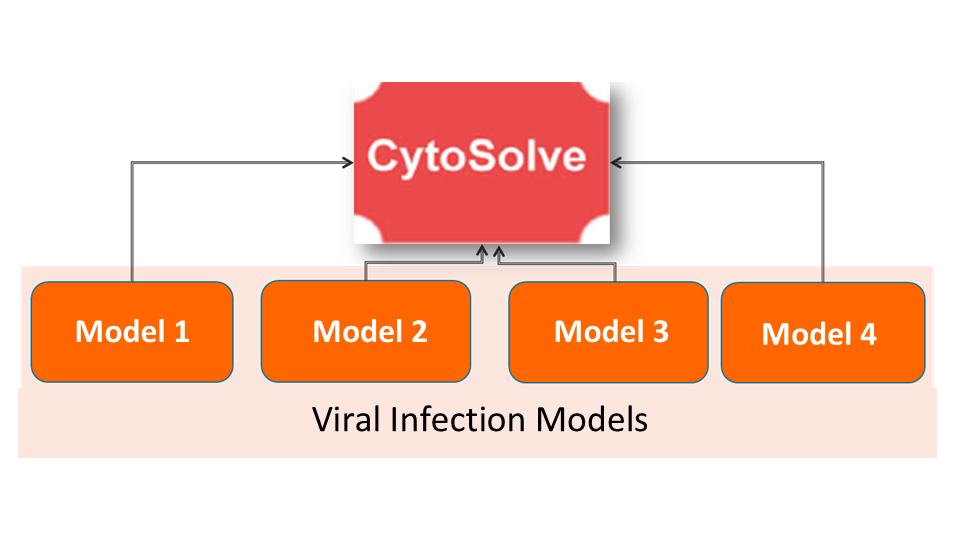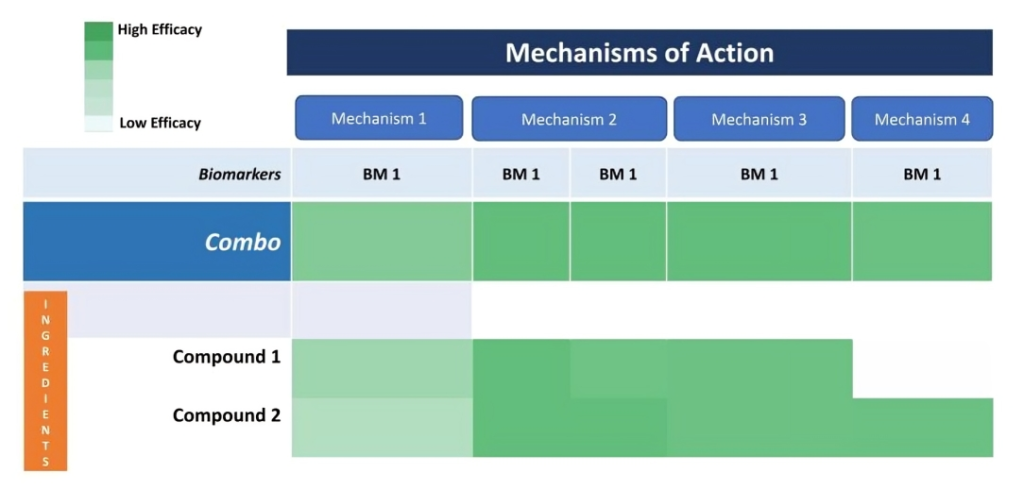Viral infections are caused by viruses—microscopic infectious agents that invade living cells and hijack their machinery to replicate.
The Open Science Institute’s Viral Infections Initiative has now progressed to the Third phase — Insilico modeling. We need your support to move forward. Our goal is to raise $2 Million to research and reveal to the scientific community, highlighting the powerful potential of natural ingredients in immune health. Please support this initiative.
Viral infections are caused by viruses—microscopic infectious agents that invade living cells and hijack their machinery to replicate. Unlike bacteria, viruses are not considered alive outside a host and require living cells to multiply. They can infect any part of the body, from the respiratory system (e.g., influenza, COVID-19) to the gastrointestinal tract (e.g., norovirus), liver (e.g., hepatitis), skin (e.g., herpes simplex), and nervous system (e.g., rabies, viral meningitis). The spread of viruses occurs through various routes, including airborne droplets, direct contact, contaminated food and water, insect bites, or body fluids. Symptoms can range from mild (fever, fatigue, cough) to severe, life-threatening complications depending on the virus and the immune status of the host. Some viruses cause acute infections, while others remain dormant and can reactivate later. Prevention and control of viral infections rely heavily on vaccines, good hygiene practices, and early diagnosis. Antiviral drugs are available for some viruses, but many infections must simply run their course with supportive care. Advances in molecular diagnostics and immunology have revolutionized our understanding of viral behavior, pathogenesis, and immune response—offering hope for more targeted therapies and global health preparedness.
The Systems Architecture of Viral Infections is published as a Web-based tool open to public.
A peer-reviewed publication resulting from the work of Viral Infections Initiative will be published journal. This phase is in progress
In this phase, in silico modeling will be performed to develop mathematical models representing the biological process involved in Viral Infections pathogenesis. This phase is yet to begin.

In this phase, combination screening will be performed to identify potential ingredient/compounds that target the biological process implicated in Viral Infections pathogenesis. This phase is yet to begin.

In this phase, a US patent will be filed for the combination(s) discovered in the Combination Screening phase. This phase is yet to begin.

The Viral Infections Initiative plans to discover, develop, license and manufacture proprietary nutraceuticals to support treatment of Viral Infections. Support our mission to bring this innovation to those who need it most. Please support this phase by donating to the Viral Infections Initiative

